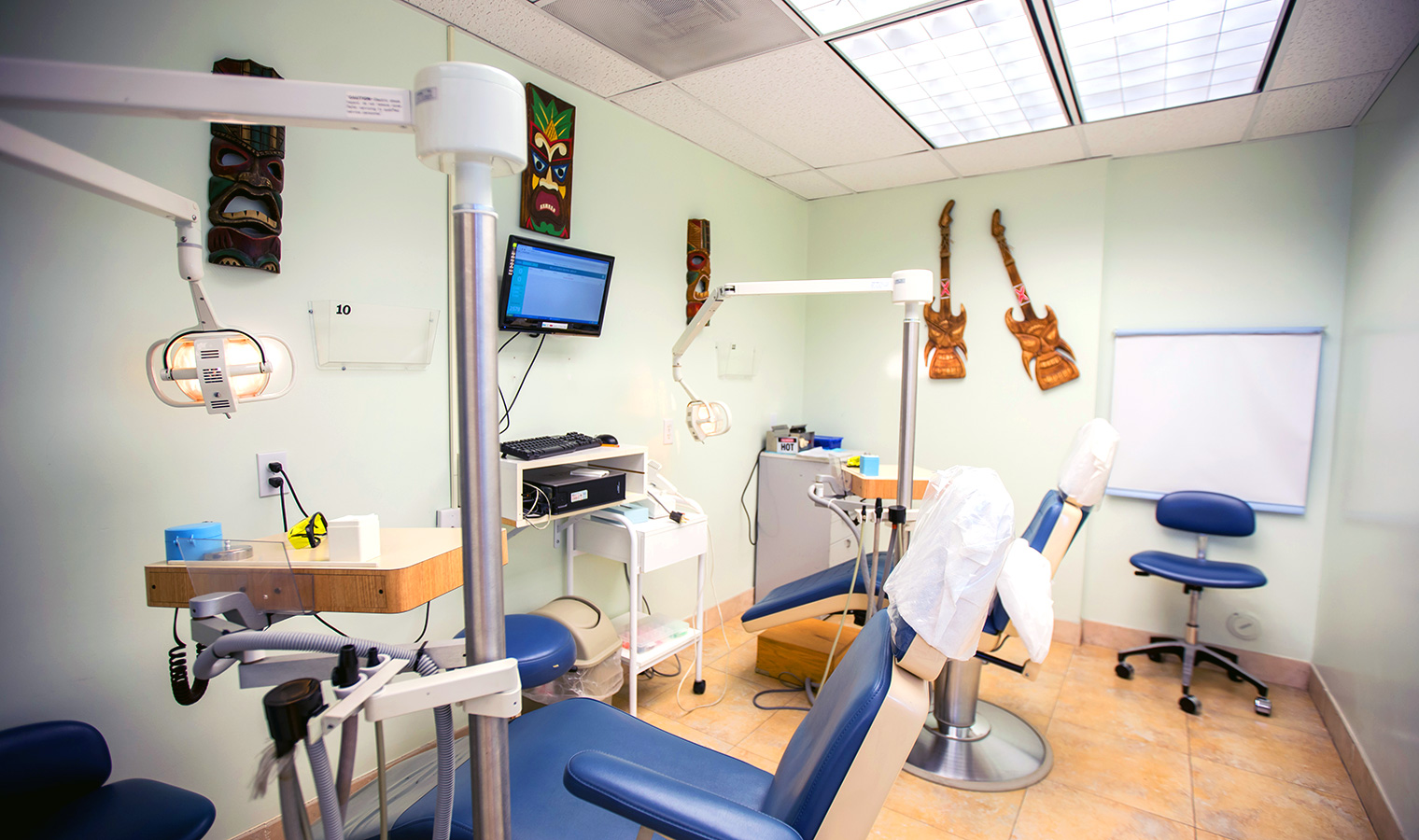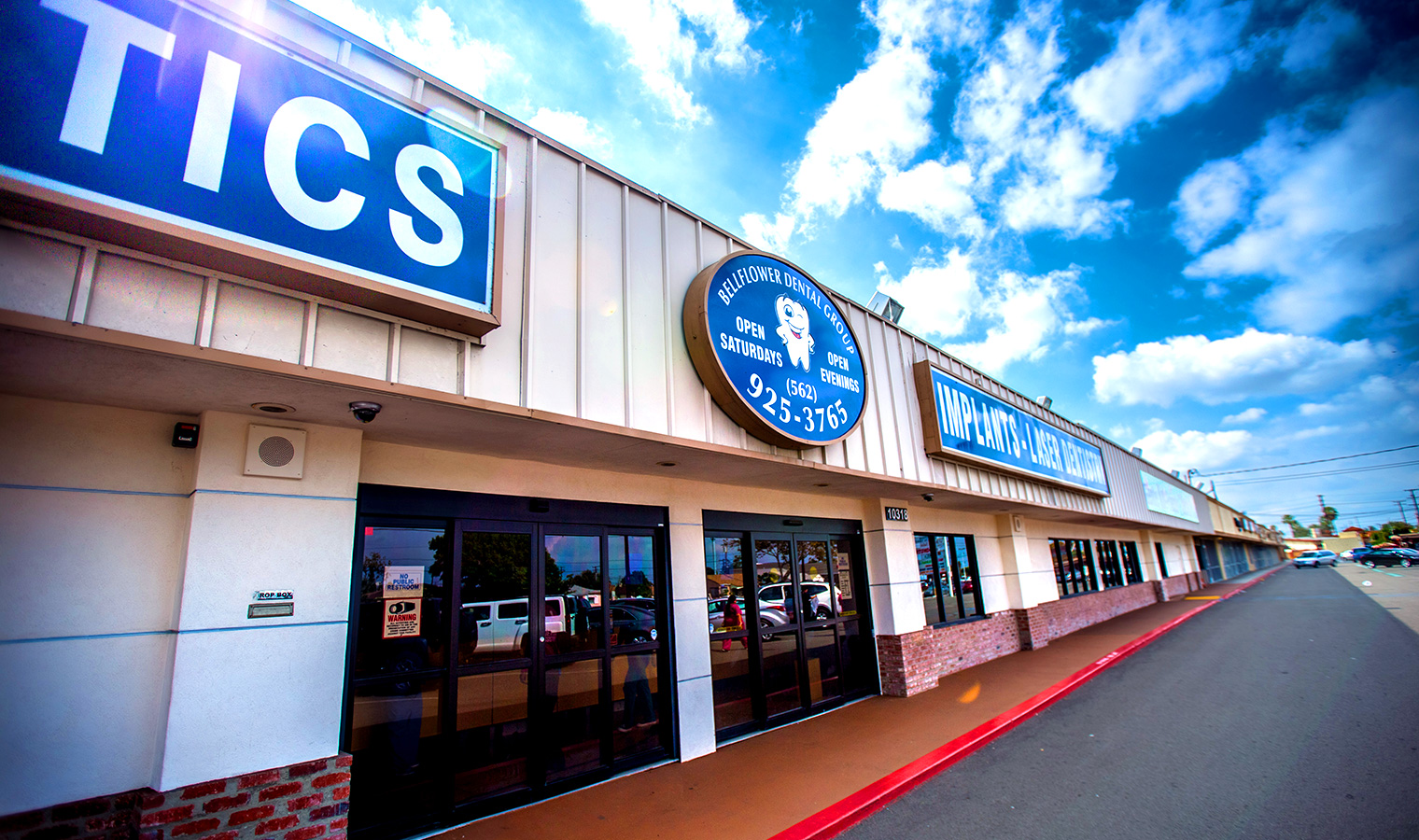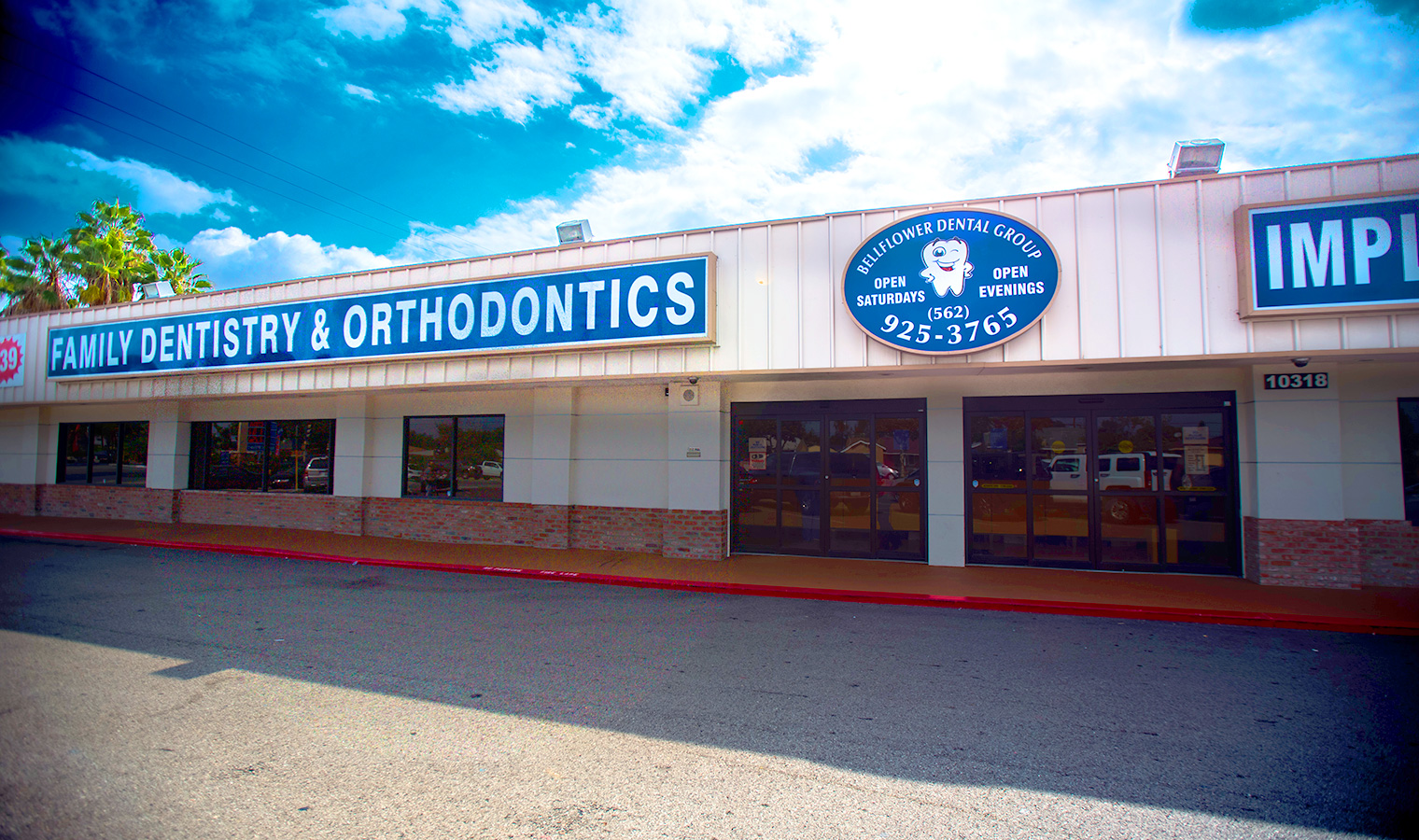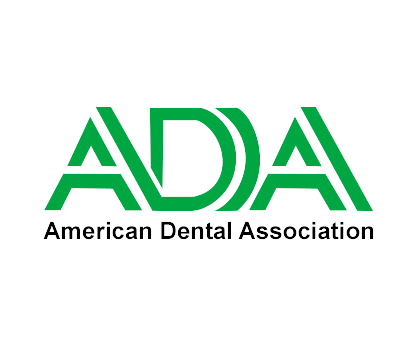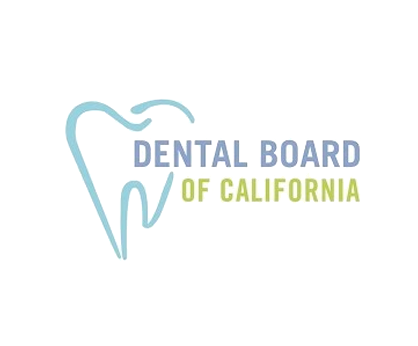Scaling and root planing is a common dental procedure that is done to remove plaque and tartar buildup on the teeth and below the gumline. The procedure is typically done by a dental hygienist or dentist and is often used as a way to treat and prevent gum disease.
How Is Scaling And Root Planing Done?
Scaling and root planing can be done either traditionally, by a dental hygienist or dentist physically scraping and smoothing the teeth, or with the use of laser technology. The use of laser technology can be more efficient and less invasive, allowing for less discomfort and faster recovery time for the patient. It is also useful in hard to reach areas, such as deep pockets and furcations.
The first step in scaling and root planing is to numb the area with a local anesthetic. This is to ensure that the patient does not feel any pain during the procedure. Next, the dental professional will use special tools to scrape away plaque and tartar from the teeth and below the gumline. This may involve using ultrasonic instruments or hand instruments to carefully remove the buildup. Once the scaling is done, the root planing part of the procedure begins. This involves smoothing out the root surfaces of the teeth to remove any rough spots. This is important because rough spots can harbor bacteria and make it easier for plaque to build up again.
It’s also important to note that scaling and root planing may not be suitable for everyone. For example, if you have severe gum disease, or if your teeth are heavily decayed or damaged, other procedures may be needed. In these cases, your dentist will work with you to develop a treatment plan that is tailored to your specific needs.
Is Scaling And Root Planing Painful?
While the procedure itself is not typically painful, some patients may experience some discomfort or soreness in the days following the procedure. This can usually be managed with over-the-counter pain medication and should subside within a few days. In some cases, scaling and root planing may be done in conjunction with other procedures to help treat and prevent gum disease. For example, your dentist may also recommend antibiotics to help fight off any bacterial infections in the gums. They may also recommend the use of a special mouthwash or gel to help reduce inflammation and promote healing.
How Often Do You Need Scaling And Root Planing?
In terms of how often scaling and root planing is needed, it depends on the individual patient’s needs. Some people may need the procedure done every few years, while others may need it done more frequently. Factors that can influence how often the procedure is needed include the severity of gum disease, the patient’s overall oral health, and their ability to maintain good oral hygiene at home.
It’s important to note that scaling and root planing is not a one-time fix for gum disease. It’s a part of a comprehensive treatment plan that also includes regular dental checkups, good oral hygiene at home, and any other necessary follow-up procedures. In addition, it is also important to maintain a healthy diet and lifestyle as well as to avoid habits like smoking and excessive alcohol consumption, which can negatively affect oral health.
Is Scaling And Root Planing Expensive?
Scaling and root planing may be covered by insurance. Many dental insurance plans cover the cost of this procedure, although the coverage may vary depending on the specific plan. If you’re unsure about your coverage, it’s best to check with your insurance provider to find out what is covered and what your out-of-pocket expenses might be.
Is Scaling And Root Planing Enough?
Scaling and root planing is not a substitute for regular dental cleanings. Even if you have the procedure done, it’s still important to see your dentist for regular cleanings and checkups to maintain optimal oral health. During your regular dental checkups, your dentist will also be able to monitor your progress and make recommendations for any additional treatment or follow-up care that may be needed. It’s also worth noting that in some cases, scaling and root planing may not be sufficient to treat advanced cases of gum disease. In these cases, your dentist may recommend more advanced treatment options, such as periodontal surgery. Periodontal surgery is a more invasive procedure that is used to treat advanced cases of gum disease and can include procedures such as flap surgery, bone or tissue grafts, and the removal of infected tissue.
In conclusion, scaling and root planing is a common and effective procedure for treating and preventing gum disease. It is important to work with your dentist to determine if this procedure is right for you and to follow through with proper aftercare and regular check-ups. The cost of scaling and root planing can vary, so it’s important to consult with your dentist and insurance provider to determine the cost and any potential out-of-pocket expenses. Regular dental cleanings and checkups are also essential for maintaining optimal oral health, even if you have had scaling and root planing done. With the help of your dentist, you can keep your teeth and gums healthy for years to come.

